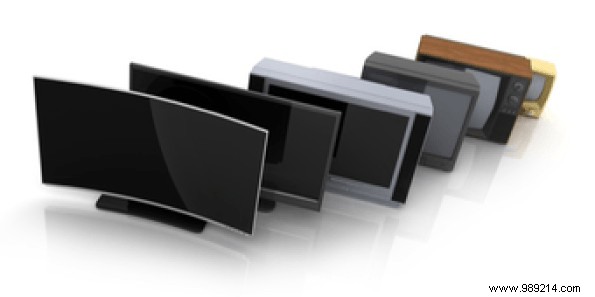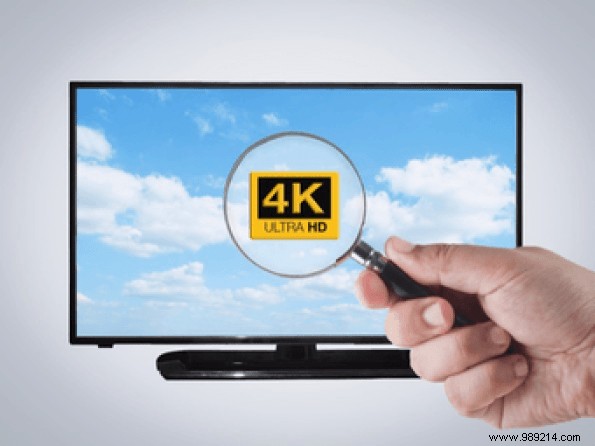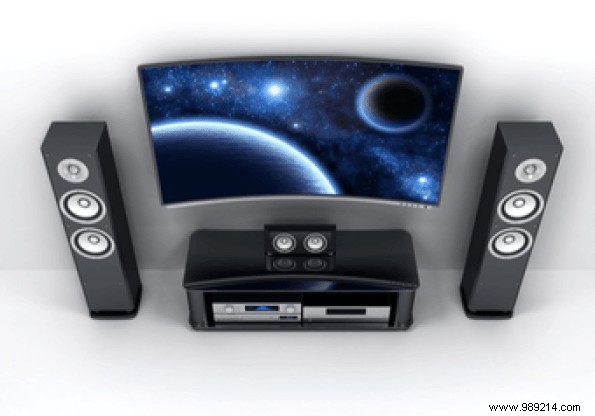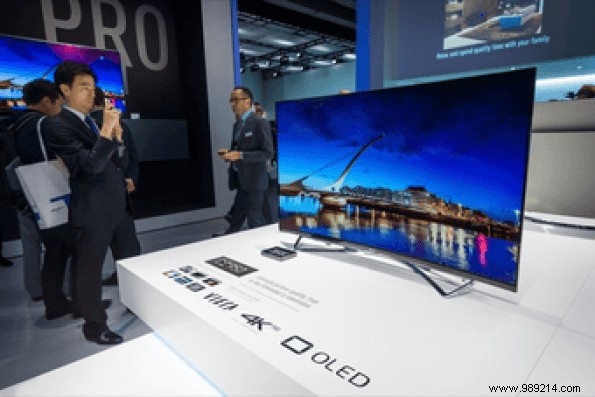If you're looking for a new TV and haven't been on the market for a while, you might recognize many new and unfamiliar terms. You thought HD was the best of the best and seemingly out of nowhere, now 4K Ultra HD is what every company wants you to buy instead. Did you think flat screen TVs were the future?
Summary4K Ultra HD:here to stayCurved TVs:probably a fadOLED TVs:here to stayThe essentialsNo, now curved TVs are marketed everywhere. And forget about trying to choose between plasma, LCD, LED and now OLED TVs.

Ultimately, TV makers recognize that people don't usually upgrade their TVs very often. They tend to buy one and keep it for many years, sometimes up to a decade. So, to boost TV sales as much as they can, manufacturers are working hard to introduce new features that will appeal to you. 3D was a perfect example, but now we hardly talk about it anymore.
While some new TV features are obviously trending, many of them are also here to stay. So, with that, let's review some of the latest TV technologies and whether you should really consider them or not.
4K Ultra HD is perhaps the only technology out of the three on the list that's guaranteed to keep growing until it finally becomes the norm. 4K represents a pixel resolution of 3840 x 2160 pixels. This is a significant step up from the 720p and 1080p HDTVs that currently dominate the market. These have resolutions of 1280 x 720 and 1920 x 1080 respectively.

Tip: There's also a 4K version with 4096 x 2160 resolution, but that's widely used by professionals rather than seen on consumer TVs, at least for now.
More pixels just means a sharper image because there are more crammed in, to detail it. Just as standard definition 480p was the norm at one time, 4K will slowly but surely make its way into every home at some point.
However, 4K is far from necessary at this time. The main reason is that there is not a lot of content available in 4K yet. Most movies and TV shows display in 720p or 1080p, so buying a 4K TV just to watch smaller videos defeats the purpose.
Also, 4K only really matters if you're very close to the screen. Since pixels get harder to discern the further back you go, 720p and 1080p are already more than enough for most people.
In a few years, we'll all think of curved TVs as an old fad not much different from 3D TV. Curved TVs that have hit the market use a curved screen which supposedly increases viewing angles and overall provides a more cinematic experience.

While it's true that at certain side angles you might get a better view of the side of the TV facing away from you, many users have actually complained that the viewing angles are worse overall. The curved display tends to squash objects on the screen and distort them.
Curved TVs may look attractive, but they're fancy and far from a television necessity. Stick to a flat screen.
OLED TVs are different from the standard LED backlit displays you know for several reasons. But make no mistake, they are better in almost every way. For one thing, OLEDs can actually turn off to display black colors, which means you won't find any TV with deeper black levels than an organic light-emitting diode TV.

Second, OLED requires less material to power the screen, which means your TV will likely have much thinner bezels and a thinner casing overall. Plus, it makes it much more energy efficient.
OLED also tends to have better color accuracy than LED, LCD, or plasma displays.
Since OLED is a relatively new technology for reaching the big screen, what's currently available in the market will likely be at the high end of your range, if not above your budget. But OLED TVs will eventually trickle down to smaller, cheaper TVs over the years, so be on the lookout. They offer the best picture so OLED isn't going anywhere.
Your ideal upgradable TV, if cost is not an issue, should be 4K and OLED. You're safe leaving curved screens behind.